Portfolio Management in India: Meaning, Objectives & How to Do It Right
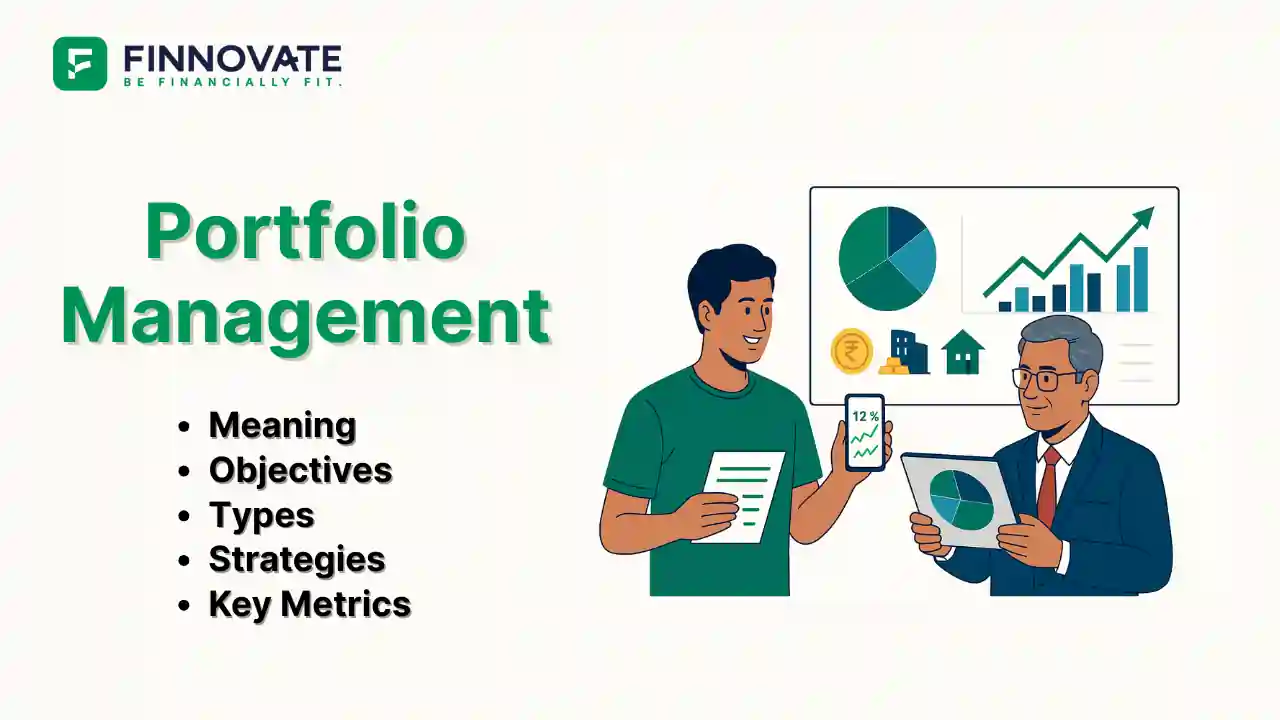
By

When it comes to growing wealth or planning for retirement, how you manage your investments matters as much as where you invest. That’s where portfolio management comes in - the art and science of selecting the right mix of assets to meet your financial goals while managing risk.
In simple terms, portfolio management is the process of building and maintaining a collection of investments (your “portfolio”) to meet specific objectives like wealth creation, retirement, or children’s education - while balancing risk and return.
Whether you're just starting or have a multi-crore portfolio, knowing how to allocate your money across equity, debt, real estate, gold, or other assets can make a significant difference in your long-term outcomes.
In this guide, you’ll learn:
Let’s start by breaking down how portfolio management works - and how to do it right.
Portfolio management isn’t a one-time action - it’s a structured, ongoing process that helps you build, balance, and monitor your investments as your life goals evolve. Whether you’re investing ₹5 lakh or ₹5 crore, the steps are fundamentally the same.
Here’s a simple step-by-step breakdown:
Before investing a single rupee, ask yourself:
Your goals determine everything - asset selection, time horizon, and acceptable risk.
Every investor has a different comfort level with volatility:
Risk Profiling Questionnaires or a consultation with a financial planner can help you assess where you fall on the risk spectrum - conservative, balanced, or aggressive.
Asset allocation is the heart of portfolio management. It means deciding what percentage of your money goes into:
Once you know the asset mix, you pick the specific tools:
Make sure your selections align with your risk appetite and financial goals - not based on recent returns or hearsay.
Tracking helps answer:
Use tools like mutual fund trackers, Excel sheets, or robo-advisor platforms to stay updated. Also, learn how to calculate your actual returns using Mutual Fund XIRR especially helpful if you invest via SIPs.
Over time, your asset mix will shift due to market movements. Rebalancing restores the balance:
This maintains risk consistency and prevents greed or fear from taking over.
Not all investors think - or invest - the same way. Some want to take full control. Others prefer a professional to manage everything. That’s why portfolio management isn’t one-size-fits-all. It comes in different types, depending on who manages it, how decisions are made, and how much flexibility the investor wants.
Let’s explore the main types of portfolio management strategies:
In this strategy, the manager (or you, if DIY) actively buys and sells investments to outperform a benchmark like the Nifty 50 or Sensex.
This approach aims to match, not beat, the market by investing in low-cost instruments like index funds and ETFs.
Here, you hand over full control to a professional (e.g., a PMS provider). They make investment decisions on your behalf, based on your risk profile.
In this setup, the manager advises you, but final investment decisions are yours. It offers expert guidance but keeps you in control.
| Strategy Type | Managed By | Flexibility | Cost | Entry Level |
|---|---|---|---|---|
| Active | You/Manager | Medium | High | ₹5K – ₹50L+ |
| Passive | You | High | Low | ₹500+ |
| Discretionary PMS | Manager | Low | High | ₹50L+ |
| Non-Discretionary | Advisor + You | Medium-High | Medium | ₹10L+ (varies) |
Now that you know the styles of managing portfolios, let’s explore how to link them with your personal goals - like wealth generation or retirement.
Investing without a clear goal is like boarding a train without knowing your destination. Portfolio management isn’t just about making money - it’s about aligning your investments with life’s major milestones.
Let’s understand the objectives of portfolio management, and why they matter.
Conclusion: When you manage your portfolio with purpose, it becomes more than a collection of funds - it becomes a plan for your life.
An informed investor doesn’t just set up a portfolio and leave it to chance. Monitoring performance and risk through the right metrics helps ensure your investments are moving in line with your financial goals.
| Metric | Explanation |
|---|---|
| Sharpe Ratio | Measures risk-adjusted return. Higher values mean better returns per unit of risk. |
| Alpha | Shows how much the portfolio beats its benchmark after adjusting for risk. |
| Beta | Compares portfolio volatility to the market. Above 1 is more volatile, below 1 is less. |
| Sortino Ratio | Focuses on downside risk, useful if avoiding losses matters more than total volatility. |
| Value at Risk (VaR) | Estimates potential loss over a set period under normal conditions - used to set risk tolerance. |
| CAGR | Shows average annual growth rate over time. Best for lump-sum long-term investments. |
| XIRR | Calculates real return for SIPs or irregular cash flows. More accurate than CAGR. |
| Expense Ratio | Annual cost to manage your investment. Lower is better for long-term returns. |
| Tracking Error | Shows how closely your portfolio follows its benchmark. Lower means more consistent. |
One of the most common investor questions is - “Should I opt for a PMS, stick with mutual funds, or just manage things on my own?” The answer depends on how involved you want to be, your investment size, and the kind of structure you need.
| Feature | Portfolio Management Services (PMS) | Mutual Funds | Do-It-Yourself (DIY) |
|---|---|---|---|
| Minimum Investment | ₹50 Lakhs (SEBI-mandated) | As low as ₹500/month via SIP | No minimum, fully flexible |
| Control & Customization | High - you own direct stocks, can customize mandates | Limited - pooled investments | Highest - you pick, buy, track, and review everything |
| Cost | 1-2.5% annually + performance fees | 0.5-1.5% (varies by direct/regular) | Low, unless using paid tools/advisors |
| Transparency | High - you see exact holdings | Moderate - reported monthly | Depends on how organized your tracking is |
| Suitability | HNIs, investors wanting structure and transparency | Retail investors, goal-based investing | DIY enthusiasts, investors with time + discipline |
Your investments shouldn't exist in a vacuum. Whether it's buying a house, sending kids abroad, or retiring peacefully, your portfolio should help you get there - safely, surely, and swiftly.
Conclusion: If you don’t know where you’re going, any road will take you there. A goal-linked portfolio gives your money direction - and avoids costly detours.
Managing your own money is empowering. But it’s not always practical - or effective. Just like you’d hire a personal trainer or CA, a portfolio manager adds structure, consistency, and objectivity.
Verdict: If you're confident, stay DIY. But if you're confused, overwhelmed, or simply too busy - a portfolio manager doesn’t just manage your money; they protect your time and mental space.
If you've read this far, you already care more about your money than most people. That’s the first step. Whether you manage your portfolio yourself or through a PMS, the goal is the same: to grow your wealth with purpose, patience, and peace of mind.
Portfolio management is not a one-time event - it’s a long-term habit. With the right structure, it can actually be simple, automated, and surprisingly stress-free.
And if you’re not sure where to start - or how to fix what’s broken - that’s where financial fitness platforms like Finnovate come in. We’re not here to promise returns. We’re here to give structure, clarity, and purpose to your financial journey.
Disclaimer: The content in this article is for educational purposes only and should not be considered financial advice. Please consult a qualified advisor before making investment decisions.
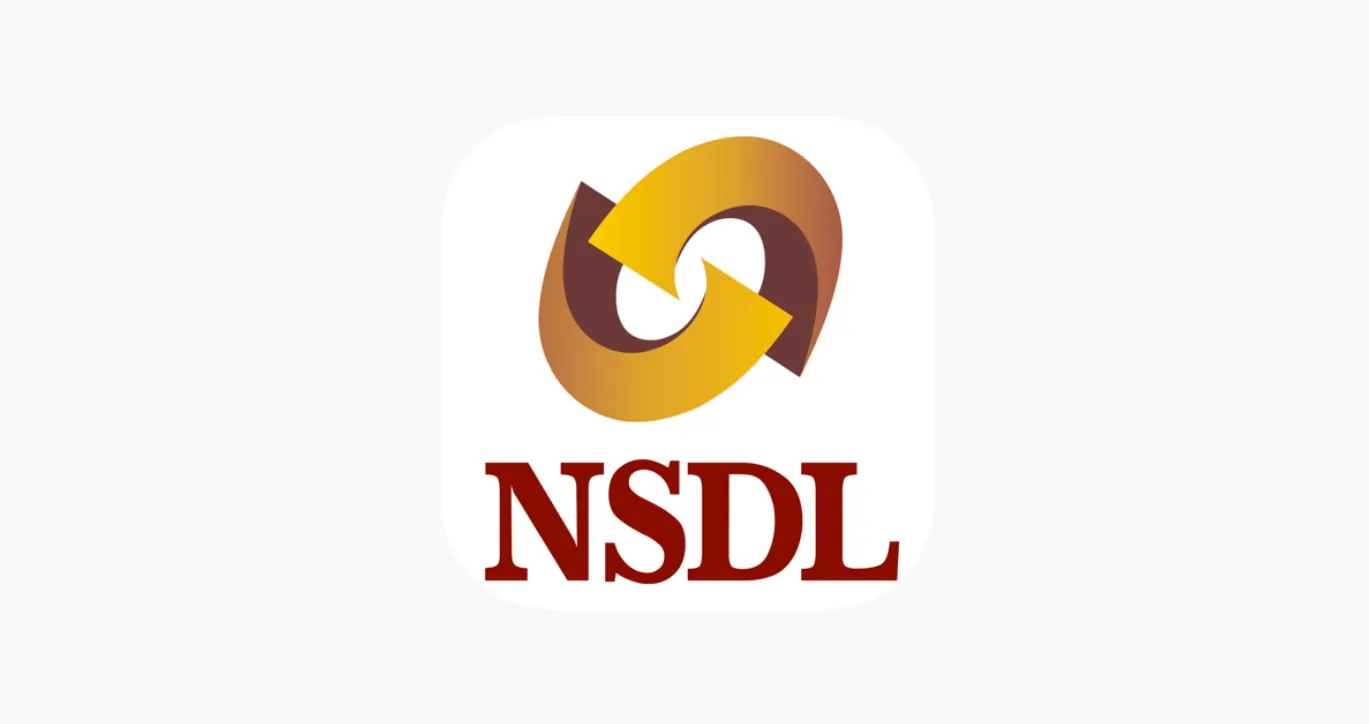
Learn how to easily download your NSDL CAS Statement in PDF format with our step-by-step guide. Follow our instructions to log in to NSDL e-Services, download your account statement, and subscribe for
Read Full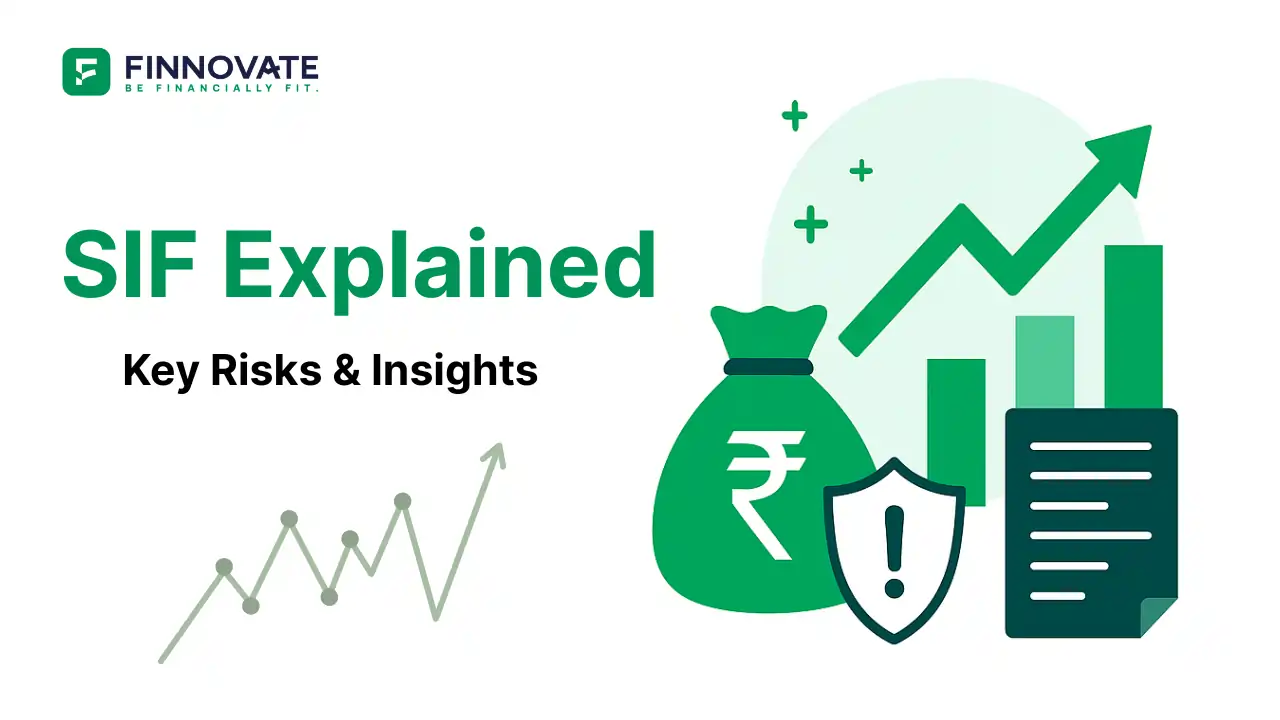
Explore what Specialised Investment Funds (SIFs) are, their benefits, taxation, minimum investment, how to invest, how they compare with mutual funds and PMS and latest developments in SIF space
Read Full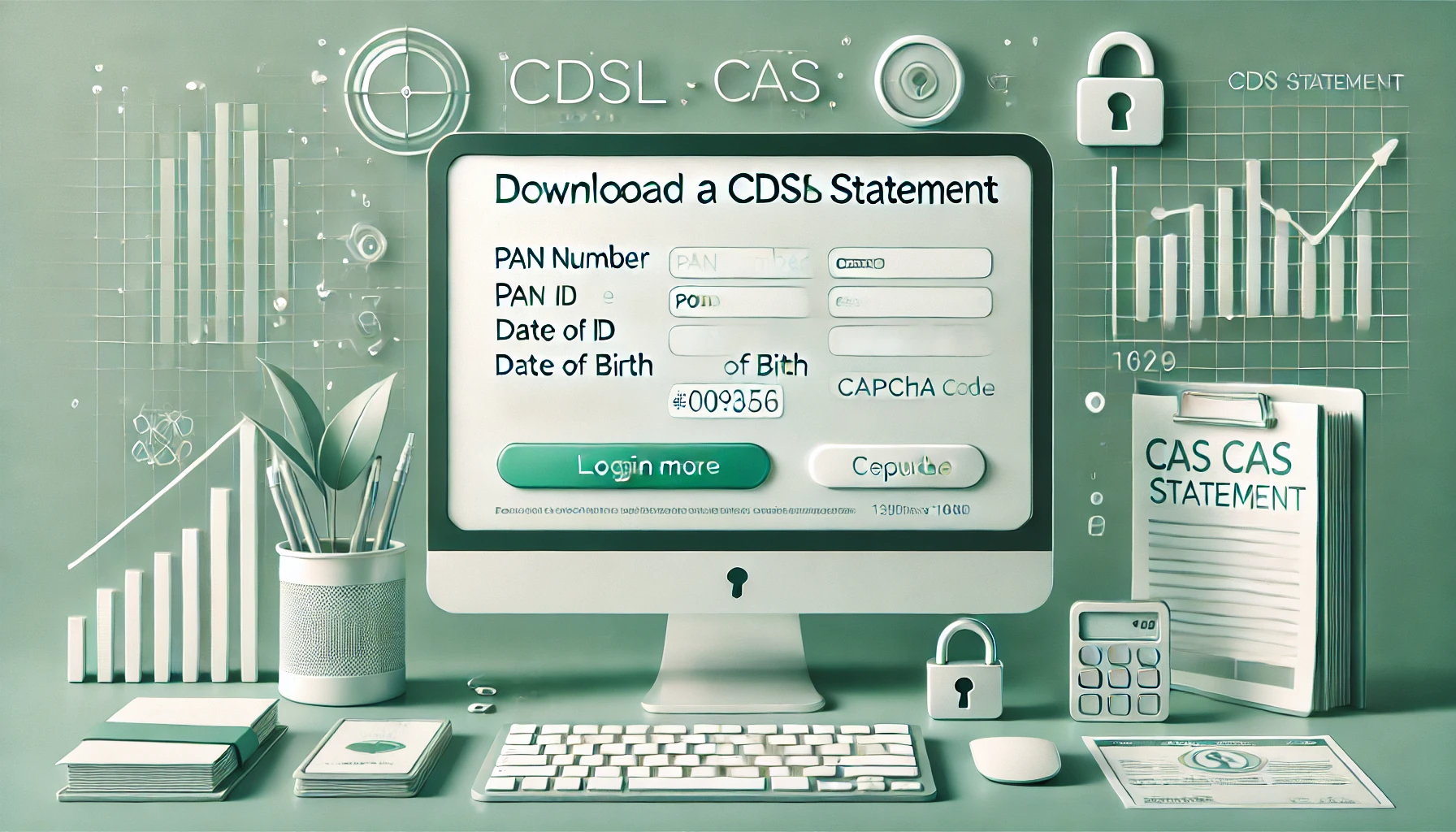
Learn How to Download Your CDSL CAS Statement with our step-by-step guide. Easy instructions for accessing your investment details online.
Read Full
Analyzing the potential economic impact of the 2025 India-Pakistan conflict on India's GDP growth, manufacturing sector, and foreign investment.
Read Full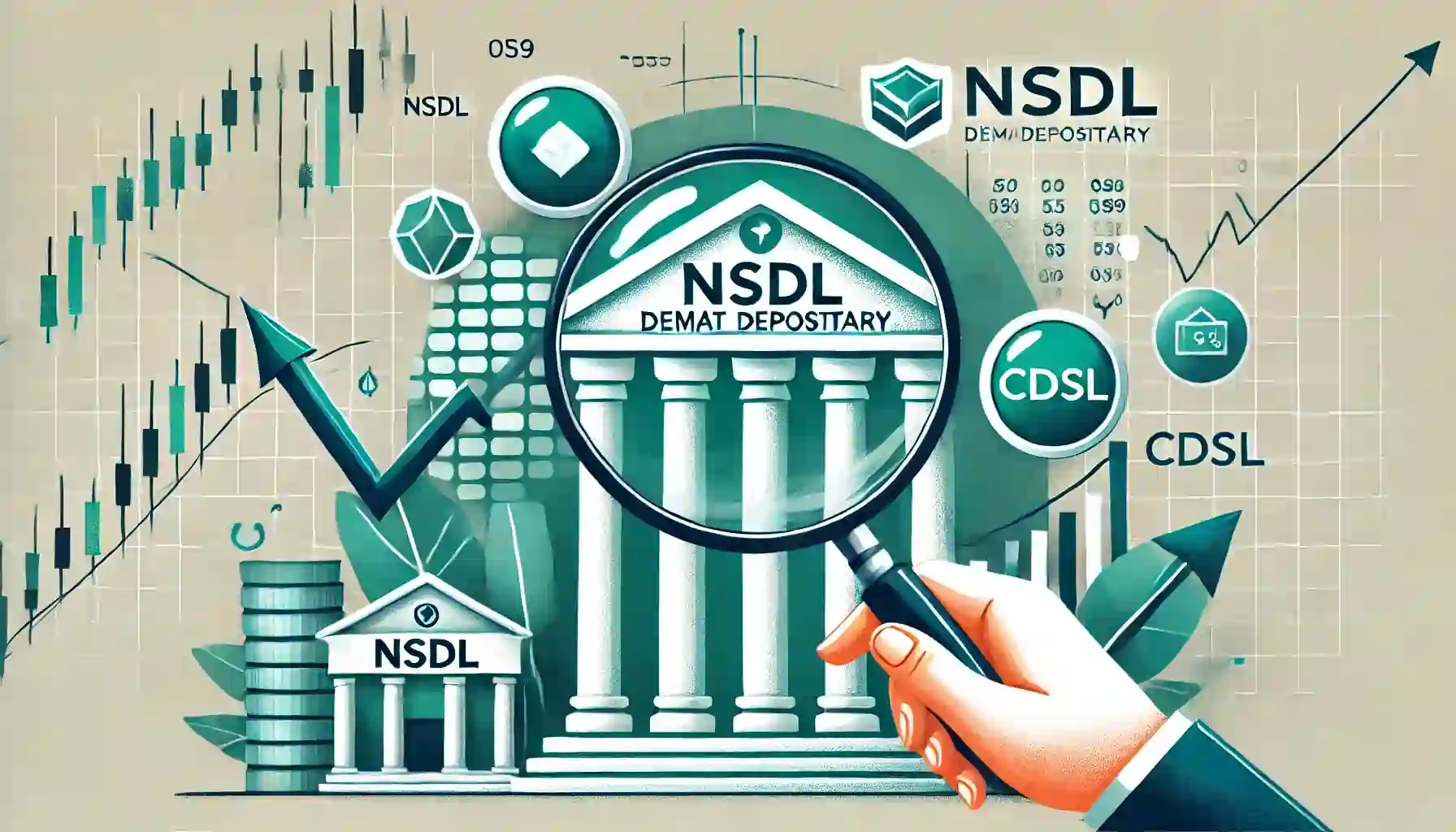
Determine if your Demat Depositary (DP) is NSDL or CDSL easily. Follow our guide to check using broking platforms or Demat account number formats
Read Full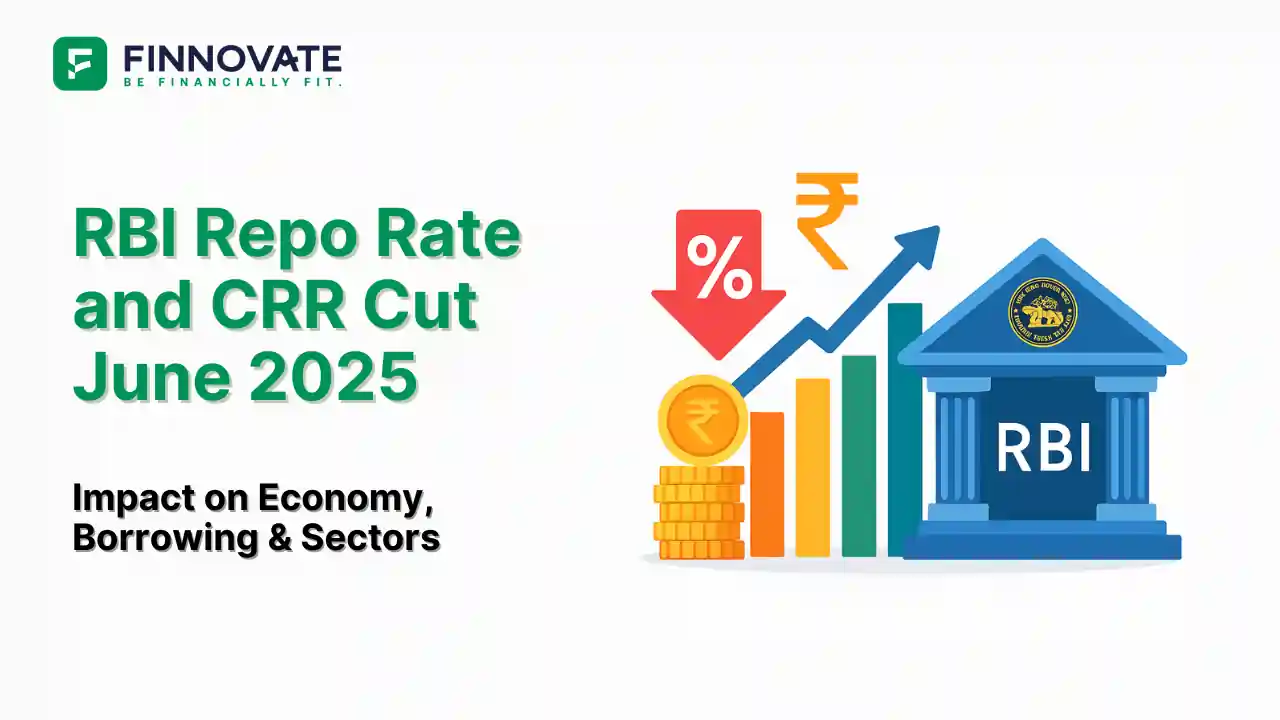
RBI cuts repo rate by 50 bps and CRR by 100 bps in June 2025 to boost growth. Learn how it impacts inflation, borrowing, sectors, and market trends.
Read Full
Looking for the best financial freedom books? Here’s a handpicked 2025 reading list with summaries, why to read, and who it's best for.
Read Full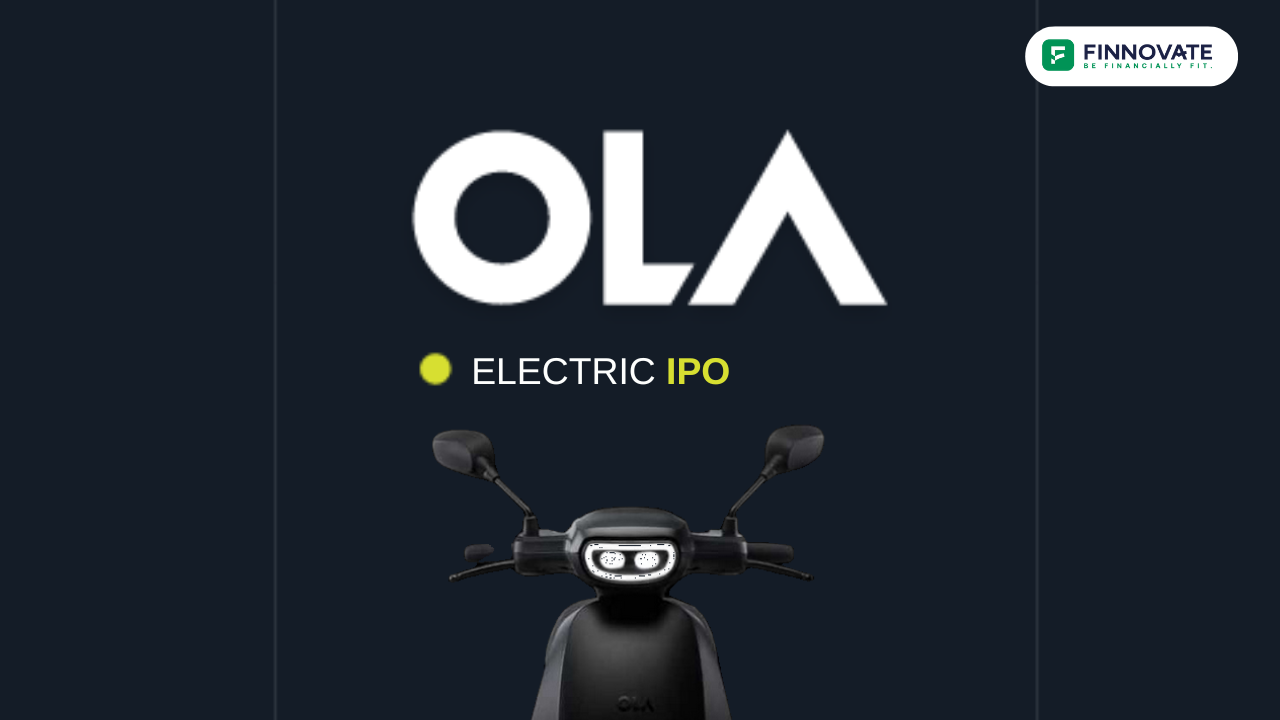
Discover key facts about Ola Electric IPO launching in 2024. Simple guide covering business, financials and investment potential.
Read Full